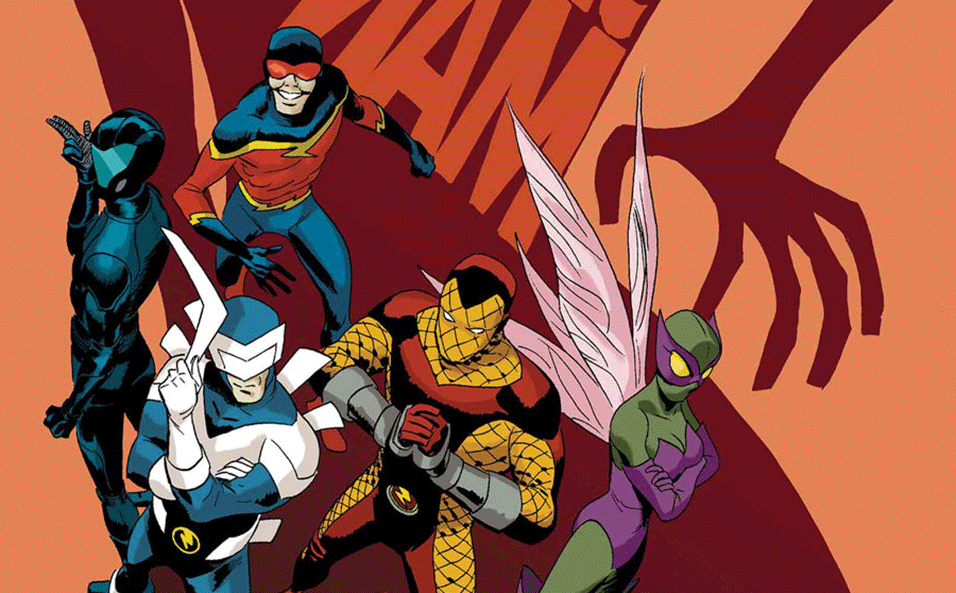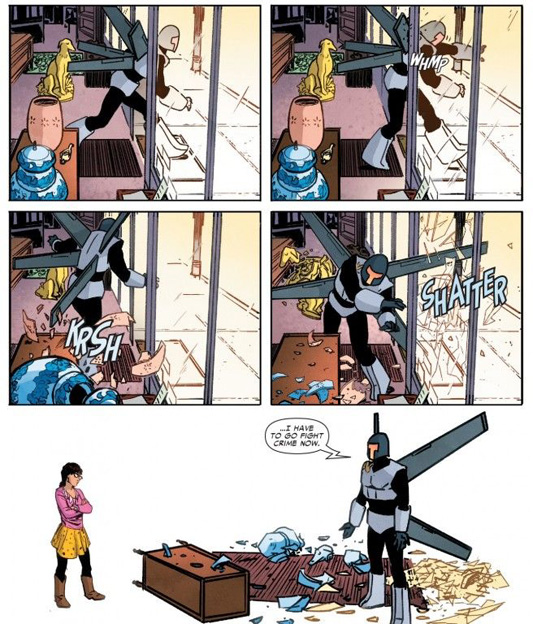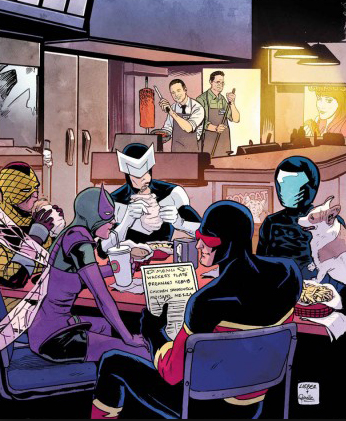POST MORTEM: Superior Foes of Spider-Man
Nick Spencer and Steve Lieber’s not-so-supervillain masterpiece was too beautiful for this world (and maybe that’s okay)
It’s a good time to be a Marvel fan right now.
I don’t even mean that facetiously– how could I? No matter which way you choose to pump entertainment into your skull right now, Marvel is the biggest game in town. Comics. Television. Video games. Press announcements via “The View.” They have movies scheduled into 2019, for Pete’s sake– and it’s more certain they’ll be hits than it is any one of us will be alive to see them all.
But in the tsunami of Marvel-mania, it’s been easier and easier for (gasp!) fatigue to creep in. I know, scandalous, but with big business comes broader product, and that means the company’s most iconic, t-shirt-ready characters in their most celebrated, listicled stories, all screened and printed in perpetuity. Don’t get me wrong– come 2019, we’ll all still be buying new issues and theater tickets, yours truly included, but Mr. Fiege and et al. might have to forgive a few of us for getting the fidgets. It is, after all, sorta hard to detect, you know, tension in the latest life-and-death endeavors of RDJ and co. while collectively staring down another half decade of their further appearances.
So, for those of us who still got mad love for the fringes, for the dwindling oddities of the ol’ 616, where can one turn? Well, for the last year and half, writer Nick Spencer and artist Steve Lieber have had a pretty good answer: The Superior Foes of Spider-Man. Supfoes (as it’s been rocked on Twitter) was rolled out as part of 2013’s “Superior Spider-Man” campaign, but it was clear from its very first panels that it’d be living its own truth, far from Marvel’s main arteries of continuity. Following a crew of D-List baddies on their low-rent quest for underworld domination, Supfoes deftly mixed comic bombast, candy-coated visuals, frenetic capers, tangled double crosses, and insanely great humor with, well, even more insanely great humor.
To those who haven’t read it, it’s hard to relate just how funny Supfoes actually is– because it’s not, like, “comic book” funny. It’s genuinely, spit-take worthy, L-O-L hilarious in ways comics rarely, if ever, are. Certainly much of the credit goes to Spencer’s scripts– his feel for set-ups, pop reference, and one-liners is enough to make your favorite sitcom jealous– but Spencer has always been quick to share credit with Leiber, and it’s easy to see why. Lieber’s visual language for Supfoes is nimble, playful, steeped in a lovable meta-ness. And better than that, Leiber is a master of comic layout, which is critical in creating a sense of timing and surprise, two things key to any joke. Again, it’s hard to impart how this collision of talent comes off, what Supfoes actually *feels* like… but something like Always Sunny meets the Mystery Men concept, with a dash of Benny Hill thrown in, maybe gets us in the ballpark.
I won’t bother expounding on Lieber’s brilliant approach or Spencer’s assured piloting of the premise, that’s been done elsewhere and better. And even though I thought I’d be writing this to bitterly eulogize the series— climbing the storm-battered hill of the Internet, fists balled, to shout down at the comic-reading world at large (“this is why we can’t have nice things!”)– I instead feel a vague sense of satisfaction as the series comes to a close. It took the cover of this week’s final issue for me to put my finger on why.
The Avengers post-climax shawarma reference is somehow fitting. For those who read and loved Supfoes, it’s always felt like some kind of apex, the medium operating at some crazy high level rarely glimpsed. Lord knows the run was plagued with cancellation rumors, but they only made each new issue feel excitingly fleeting in some way– like it was this weird, magnificent thing rocketing past us, and only the few of us paying attention were really getting an eyeful. But unlike the big, shiny cinematic counterparts they pose as here, the superior foes actually arrive at a conclusion, at an ending of a story expertly told. And we don’t usually get that in comics. We don’t usually get that in anything.
So yeah, it would have been great to have a few more issues, an annual, ubiquitous cultural confirmation that this was, indeed, a thing, but after 17 issues (15 headed by the creative team, two guest issues) I don’t think fans need that– they already know. The series’ granularity actually allowed some kind of indie-esque ownership by the fans– by *Marvel* fans. Maybe that’s the biggest victory here: that the Marvel machine, at the height of its pop power, somehow let something small and personal into the world. I hope they do it again soon.
And that Spencer and Lieber are available when they do.



